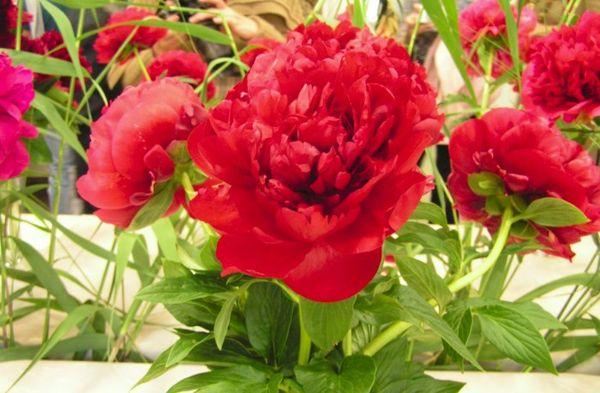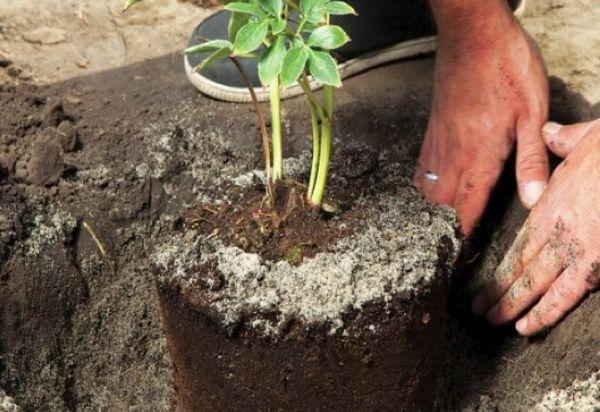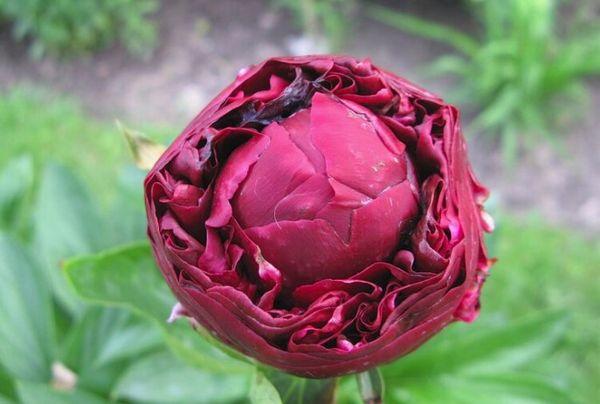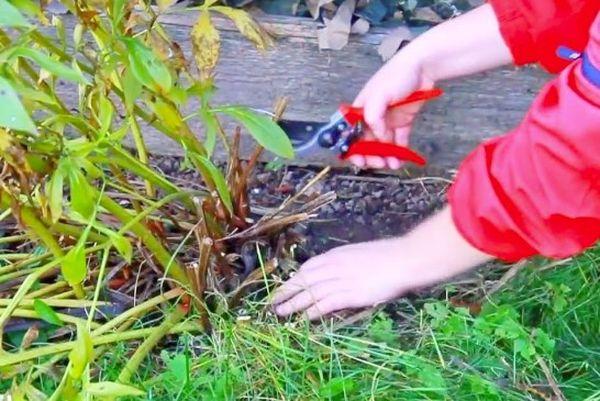Not a single summer cottage is complete without a fragrant, lushly blooming peony bush. Particularly popular is the peony variety Henry Boxtos, which delights both gardeners and passers-by with its surprisingly rich colors, the size of its spreading buds, and its delicate, delicate scent.
Description and features
The flowers are a lush perennial plant with dense spreading roots and fleshy buds. The height of the stem usually ranges from 80 to 100 cm.The plant has the appearance of a shrub with dissected foliage. The flower has an average diameter of about 20 cm, is single, double, and resembles a ball in shape. In structure, it has a central non-opening bud of petals, moving from small to larger.
Varieties of peonies by color Henry Bockstocke there are:
- white;
- pink;
- red.
Rarely, but yellow and cream shades come across.
Gardeners love peonies because they begin to bloom in early to mid-June, when the sun begins to shine. But their main advantage is tolerance to drought, resistance to diseases, the flowers can withstand January frosts well, and they coexist without problems in any composition or alone.
The plant loves to bathe in the sun, but is tolerant of life in a little shade.
History of selection
A fascinating variety of peonies has arrived from Canada. This handsome man, Henry Boxtos, is an interspecific hybrid and belongs to the group of universal herbaceous varieties. In his homeland the weather is the same as in Russia, with rain, frost, lack of constant sun, so he is resistant to our cold weather and can withstand up to -40 0WITH.
In addition, due to its structural features, the bush does not require a garter; its flowers are heavy, and therefore the stems bend in all directions, but they are so strong that they can withstand much more weight.
True, some gardeners prefer to play it safe and protect young shoots of peonies.
Landing
Planting peonies follows a simple, familiar pattern and does not require much effort from the gardener.
Selecting a location
Choose a good place to plant the peony; it will like a windless area with good sunlight. It is not recommended to plant Henry Boxtos near walls and high, dense fences.
Flowers will suffer from drops from roofs, from snow debris, from dry walls and overheating. It is also not worth planting peonies next to tall, spreading trees; the bush will lack moisture and useful elements from the soil.
Deadlines
It is believed that it is best to plant peonies in August-September, after the bush has been dug up and divided, selecting high-quality roots. But usually seedlings go on sale only by February. I don’t want to wait for autumn at all, so you can plant peonies in the spring, the main thing is to do this following the planting recommendations.
Of course, so that the first flowers appear by summer, it is preferable to wait until autumn.
Soil requirements
In order for peonies to take root, pay attention to the soil. Choose loose, moderately dry soil with good drainage properties. Peonies do not like large amounts of moisture, but they are not ready to live in a shortage.
Planting scheme
To plant a seedling, dig a hole 90 x 90 x 90 cm a month before planting. Fertilize the soil with peat, humus and ash. If you fertilize the soil well during planting, then the necessary elements will be sufficient for the next year, or even two. In order for the plant to take root and bloom, place the seedling no higher and no lower than 3-5 cm from ground level.
For the first year, gardeners recommend removing the buds so that the flower can gain strength and develop a strong root system.
Care
Caring for peonies consists of simple and familiar actions: weeding, loosening, watering, fertilizing.
Watering
Water the peony bush infrequently, only as needed, to maintain average soil moisture. In the first few years of the flowers' life, do not allow the soil to dry out, despite the fact that the plant can survive drought; do not take risks until Henry Boxtos takes root firmly in the new place.
Loosening and weeding
Weeding the area with peonies also occurs as needed. And loosening, being careful and careful not to catch the delicate root system. After loosening, mulching with dry grass is carried out.
Top dressing
The flower bush needs feeding in the first year. Organic or mineral fertilizers are suitable for these purposes. To ensure the plant has many years of life, as soon as the buds form on it, it is necessary to feed the soil with phosphorus-potassium concentrate. It is recommended to repeat the procedure after flowering.
Trimming
Peonies are pruned in the fall, in preparation for winter. They begin the procedure after lodging of the shoots. The plant is pruned to a small stump.
There is no need to insulate the flowers after the event; they feel great under a layer of snow.
Reproduction
Flowers do not have seeds, so Henry Boxtos reproduces like others varieties of peonies, dividing the bush into seedlings. The ideal time for this is August or September.
To carry out the division, dig up a bush. This can be difficult to do, so first the stems are cut by a third with pruning shears and dug out with a sharp shovel, being careful not to damage the roots.
Then the roots are washed to better see the buds, and divided with a hatchet into pieces of 12-20 cm.
Use Cases
This attractive, bright plant looks great both in compositions and alone. Peonies feel great in the flowerbed and get along in bright mixborders. Usually they prefer to plant the variety against the backdrop of a lush lawn or near a small gazebo; it looks very attractive.
An equally attractive combination can rightfully be called a composition of peonies and conifers: the lush buds of Henry Boxtos look great next to thujas, junipers and dwarf pine.
















